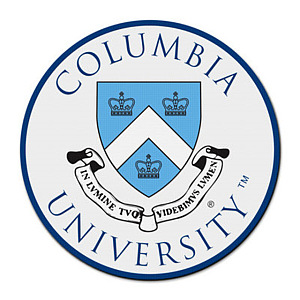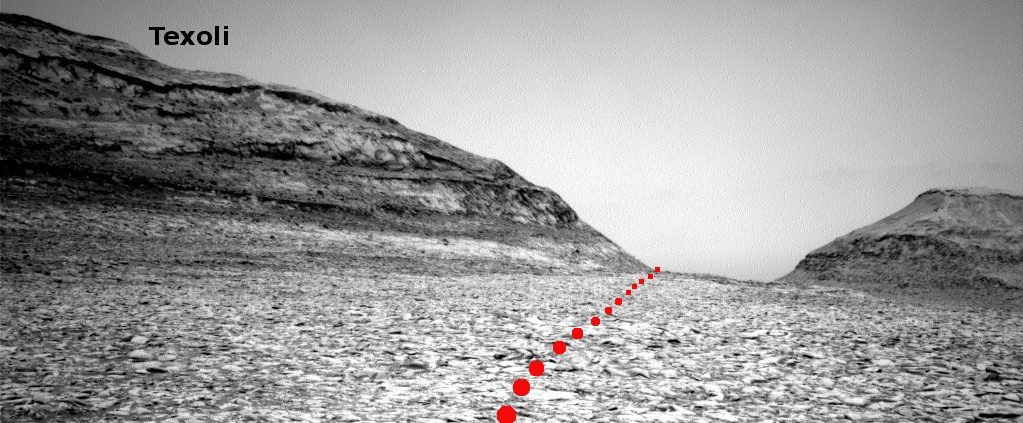The Dominican Republic yesterday became the 44th nation to sign the Artemis Accords, original conceived by the Trump administration as bi-laterial agreements between the U.S. and other nations and focused on building a strong coalition for getting the Outer Space Treaty’s limitations on free enterprise and private property cancelled or overturned.
Sadly, under the Biden administration that focus has been pushed aside, replaced with watered-down “principles [that] support the safe and sustainable exploration of space” that are also “grounded in the Outer Space Treaty.”
In other words, nations signing the accords now are simply signing on in the hope of getting American cash by joining the American Artemis program. The full list of nations is as follows: Angola, Argentina, Armenia, Australia, Bahrain, Belgium, Brazil, Bulgaria, Canada, Colombia, Czech Republic, Dominican Republic, Ecuador, France, Germany, Greece, Iceland, India, Israel, Italy, Japan, Lithuania, Luxembourg, Mexico, the Netherlands, New Zealand, Nigeria, Peru, Poland, Romania, Rwanda, Saudi Arabia, Singapore, Slovakia, Slovenia, South Korea, Spain, Sweden, Switzerland, the United Kingdom, the United Arab Emirates, the Ukraine, the United States and Uruguay.
Whether this alliance can eventually be used as a tool to overturn the Outer Space Treaty’s restrictions on private property in space remains unknown. A new Trump administration would almost certainly shift things back in the right direction, especially if that administration reshaped the entire Artemis program away from its failed reliance on SLS, Orion, and Lunar Gateway and instead allowed private companies to redesign the program entirely, based on what makes the most economic and engineering sense rather than funding big government projects that accomplish litte except create make-work jobs.











